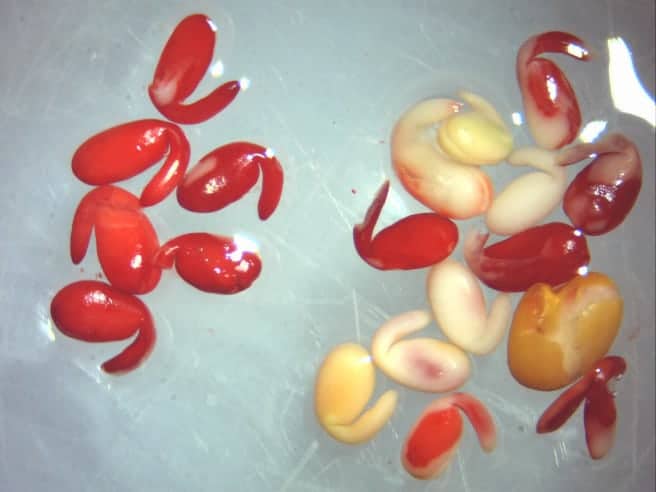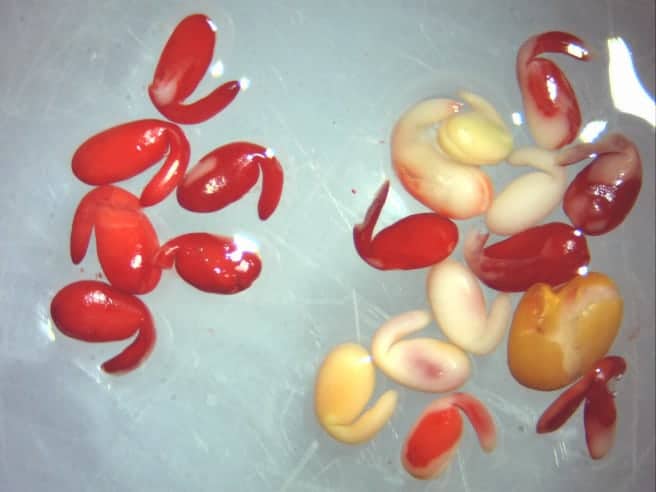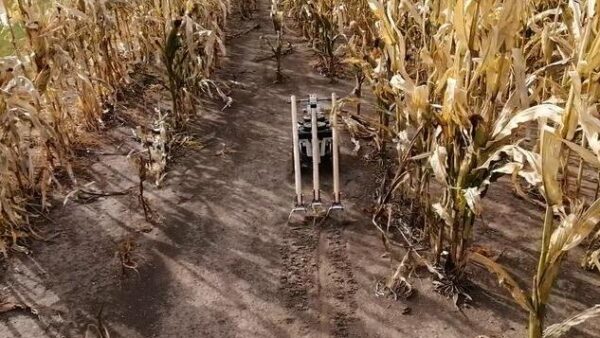An Alberta seed testing lab says educating yourself about seed dormancy issues can help your business in more ways than one.
Having confidence in the viability of seed can make all the difference come the 2019 planting season and beyond. It’s important to know your seed lab is giving you the best germination test results possible.
Knowing how many of the seeds in a seedlot are dormant gives you important insight into exactly how viable that seed is. But how can you obtain this knowledge in order to ensure you have the best seed possible? Working with a seed lab that specializes in this area is crucial, especially in this era of increasingly erratic weather patterns.
“Climate change affects the way we produce quality seed and determine whether it’s the right quality or not,” says Morgan Webb, senior seed analyst at the Alberta-based Seed Check Technologies.

“We’re seeing crop years where there are periods of no moisture, and we see more falls where there’s too much moisture we don’t want. With weather being more unpredictable, we need to be prepared to deal with seed production under more varied weather conditions.”
That’s a tall order, but one Webb and the staff at Seed Check are prepared to meet. They’ve been at this a long time and know that testing for dormancy is key to ensuring you know your seed is of quality for the season ahead.
“Some seed can have fairly high dormancy. It’s important a seed lab identify dormancy correctly, because if you’re assuming it’s dead seed, that means you’re not getting a true picture of your product — needless to say, that can really negatively affect your business,” Webb adds.
What is dormancy?
Seed dormancy is a natural process that allows seeds to overcome periods that are unfavourable for seedling establishment. These conditions are often complex and comprise a number of factors including combinations of temperature, light, water and more.
How is it tested for?
Dormancy is often detected during germination testing. During germ testing, seeds are normally sorted into six categories: normal, abnormal, dead, fresh, hard. Fresh and hard seed are categories of dormant seed. A seed analyst with skill can tell when seed is dormant instead of dead. Dormancy can be tested for definitively and quickly through a tetrazolium chemical test.

What are the advantages of the tetrazolium test?
Germination testing can take several days and sometimes weeks, and often people aren’t willing to wait that long to determine if their seed is dormant, Webb says. Tetrazolium testing is fast, affordable and gives an accurate picture of seed is dead or simply dormant. Results of a tetrazolium test are usually available within 24-48 hours.
Don’t try this at home
According to Lisa Greenan, a senior seed analyst at Seed Check, there’s a big myth out there in regard to detecting dormancy.
“A lot of people think they can do it at home by putting their seed in the freezer. It doesn’t work well,” she says.

Seed labs like Seed Check can successfully break dormancy via a number of methods: using temperature changes, growth regulators, light exposure or drying. Doing so will yield the most accurate test results possible, so you can have maximum confidence in your seed.
Where is seed dormancy prevalent?
According to Webb, central Alberta is a huge problem area for dormancy, especially closer to the mountains where you see cold harvest periods. That said, he emphasizes that dormancy can occur anywhere.
What crops are most susceptible?
Reclamation species and native grasses are particularly susceptible, according to Webb. Clovers, alfalfa, and even some wheat varieties can have very persistent dormancy issues. Some six-row barleys are susceptible too.
Where can I get more info?
Visit seedcheck.net for additional resources and advice on what to look for in an accredited seed lab that specializes in dormancy testing.












